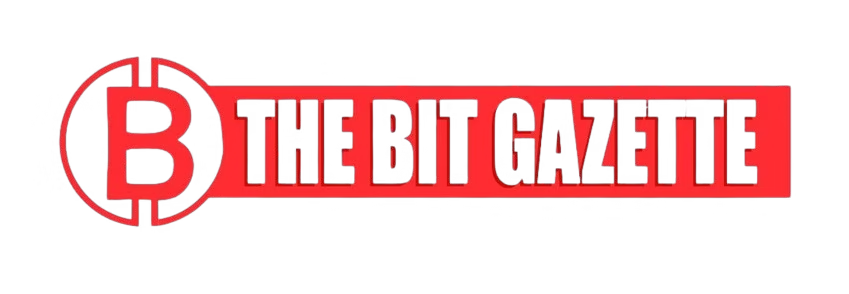Singapore-based crypto exchange OKX has introduced a scan-to-pay feature that enables users to spend stablecoins directly at retail outlets across the country.
The product, called OKX Pay, is the first of its kind in the nation and is designed to work within the Singapore digital payments framework, marking another step in the mainstreaming of digital assets.
First stablecoin scan-to-pay service in Singapore
According to OKX’s September 30 announcement, customers can now scan a GrabPay SGQR code via the OKX SG app to make payments in either Tether (USDT) or USD Coin (USDC). The transaction is settled instantly: merchants receive Singapore dollars (SGD) while funds are deducted from the customer’s stablecoin balance.
The system is powered by StraitsX, whose Singapore-dollar-backed stablecoin XSGD serves as a bridge for conversion. This allows merchants to accept stablecoin payments without taking on foreign exchange or crypto volatility risks.
“Consumers have been asking for practical use cases of stablecoins, and OKX Pay is our answer,” said Lennix Lai, Chief Commercial Officer at OKX, in a statement. “By building on the Singapore digital payments framework, we’re making it possible for stablecoins to be spent as easily as cash or cards.”
With GrabPay’s network covering cafés, restaurants, retail outlets, and hawker stalls, the rollout gives Singaporeans the ability to use stablecoins in everyday settings for the first time.
Singapore’s regulatory approach enables innovation
The initiative reflects Singapore’s broader strategy of embedding digital assets into regulated financial infrastructure. OKX holds a Major Payment Institution (MPI) license from the Monetary Authority of Singapore (MAS), enabling it to operate payment services legally in the country.
StraitsX’s XSGD, fully backed by reserves at DBS Bank and Standard Chartered, also complies with MAS guidelines, ensuring transparency and operational stability. The system is aligned with Project Orchid, a MAS initiative focused on developing future-ready digital money infrastructure.
Stablecoins can play a vital role in improving settlement efficiency, said Sopnendu Mohanty, Chief FinTech Officer at MAS, during a recent Project Orchid update. By testing them within our regulatory sandbox, we ensure they remain transparent, safe, and interoperable.
From crypto trading to daily utility
For years, stablecoins like USDT and USDC have been largely confined to trading platforms, used primarily as on-ramps and hedging tools. With OKX Pay, they move into the realm of daily commerce. Customers can now pay for a coffee or a meal with digital dollars, while merchants receive immediate settlement in SGD.
Industry analysts say the model demonstrates how digital assets can bridge the gap between traditional and decentralized finance.
“This is a powerful signal that crypto can be integrated responsibly,” said Tan Mei Ling, senior analyst at KPMG Singapore. “When paired with MAS’s oversight, services like OKX Pay show how the Singapore digital payments framework can create real-world value without compromising on compliance.”
The move builds on earlier steps by Grab, which added crypto wallet top-ups in 2024 and cross-border payment integrations with Alipay+ in 2025.
A model for other jurisdictions
By embedding stablecoins into the mainstream retail ecosystem, Singapore is positioning itself as a pioneer in regulated digital finance. The combination of corporate collaboration (OKX, StraitsX, Grab) and regulatory clarity from MAS highlights how proposed innovations can flourish when aligned with oversight.
Other countries are closely watching Singapore’s progress. While the U.S. and Europe continue to debate how best to regulate stablecoins, Singapore’s hands-on approach may serve as a template.
“Singapore is showing how to balance innovation with regulation,” said Bailey Tan, director at the Asia Crypto Policy Forum. “The Singapore digital payments framework is a case study in enabling technology without losing control of financial stability.”
What comes next
The rollout of OKX Pay could encourage further adoption of stablecoin payments in sectors like e-commerce, tourism, and transportation. Analysts suggest that if adoption scales, it could pressure regional neighbors to adopt similar models, especially in markets where QR-code payments are already popular.
For Singapore, the launch reinforces its role as a global hub for digital assets. With MAS continuing to refine its rules for stablecoins and tokenized money, the country’s Singapore digital payments framework appears poised to set international benchmarks.
As OKX, StraitsX, and Grab deepen their collaboration, the experiment could transform how Southeast Asia approaches digital assets not as speculative tools, but as everyday money.











